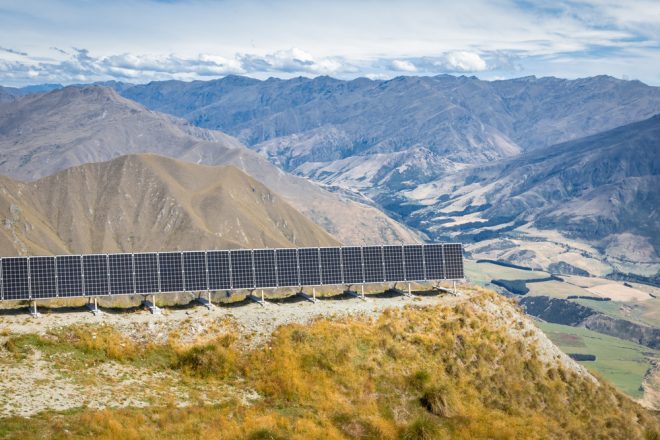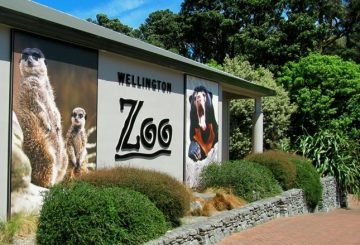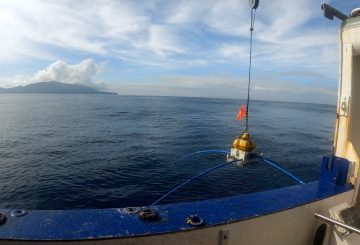Công ty phân phối điện WEL Networks và nhà phát triển năng lượng tái tạo Infratec đang trong giai đoạn cuối cùng của đánh giá về những gì sẽ là hệ thống lưu trữ năng lượng pin quy mô tiện ích đầu tiên của New Zealand (BESS).
WEL Networks, một trong 29 tổ chức phân phối điện trong nước, cho biết dự án 35MW ở Quận Waikato thuộc đảo Bắc phía trên của New Zealand đang được sẵn sàng để xây dựng và dự kiến sẽ được đưa vào hoạt động vào tháng 10 năm 2022.
New Zealand có mục tiêu chính sách bằng 0 quốc gia vào năm 2030 và WEL Networks cho biết Waikato BESS sẽ được thiết kế để phục vụ toàn bộ chuỗi giá trị điện, từ việc cho phép lắp đặt và kết nối nhiều năng lượng tái tạo hơn với lưới điện, lưu trữ năng lượng mặt trời và năng lượng gió, để tăng cường cung cấp điện địa phương độ tin cậy và cung cấp dự trữ nhanh để sửa chữa sự mất cân bằng cung và cầu.
Theo giám đốc điều hành của WEL Networks Garth Dibley, dự án sẽ có giá khoảng 25 triệu NZ$( 17,66 triệu đô la Mỹ) và đã nhận được sự đồng ý của nguồn lực theo Đạo luật Quản lý Tài nguyên của New Zealand, một “cột mốc quan trọng” cho WEL, ông nói.
“Công nghệ này sẽ giúp khả năng phục hồi mạng trong khi hỗ trợ hấp thu thế hệ tái tạo”, Dibley nói thêm rằng pin sẽ hỗ trợ sạc các xe điện (EV), tối đa hóa lợi ích của năng lượng mặt trời và cung cấp sao lưu trong trường hợp khẩn cấp lưới điện.
Nick Bibby, tổng giám đốc phát triển kinh doanh tại Infratec cho biết công ty của ông sẽ dựa vào kinh nghiệm phát triển pin quốc tế để phát triển và cung cấp máy BESS 35MW.
“Pin sẽ cần phải được nhúng vào mạng lưới để phục vụ tốt nhất các cộng đồng địa phương. Chúng tôi đã chọn một công nghệ trưởng thành với tuổi thọ 20 năm, vì vậy chúng tôi hy vọng pin này sẽ tạo ra tiêu đề cho tất cả những lý do phù hợp trong nhiều năm tới,” Bibby nói.
Các dự án BESS của Infratec cho đến nay bao gồm các dự án pin thương mại và công nghiệp (C&I) ở New Zealand, và các hệ thống lưu trữ mặt trời cộng và vi lưới điện trên các đảo Thái Bình Dương thuộc Tonga, Quần đảo Nam Cook, Micronesia, Nauru, Kiritimati và các hệ thống khác.
Công ty cho biết, New Zealand cần lưu trữ pin quy mô lớn khẩn trương để bổ sung cho tăng trưởng năng lượng tái tạo và các nhà máy thủy điện bơm, cũng như sao lưu các kết nối lớn giữa Bắc và Nam đảo của đất nước.






























































